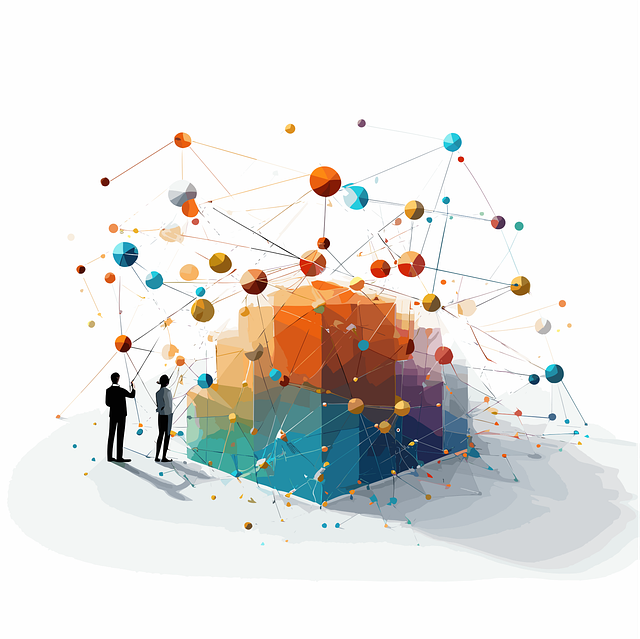Artificial Intelligence (AI) is transforming landscaping fertilization through precise data-driven solutions. By analyzing weather, soil, and historical records, AI predicts optimal fertilizer types and rates for healthier plant growth. Moreover, it enables performance attribution by channel, allowing landscapers to track different strategies' effectiveness, adjust practices, and maximize investments based on granular insights. These AI-powered tools reduce manual data entry by up to 75%, optimize fertilization schedules with real-time analytics, and attribute ad performance across digital and traditional channels, ultimately minimizing waste and maximizing ROI.
“Revolutionize your landscaping business with AI-driven fertilization tools. This article explores how artificial intelligence is transforming outdoor maintenance, offering precise applications and efficient resource management. We delve into the role of AI in optimizing fertilizer usage, from smart sensors monitoring soil health to advanced analytics tracking performance. Learn about cutting-edge attribution methods that help you understand which channels drive the best results. Discover case studies showcasing increased efficiency, cost savings, and enhanced customer satisfaction through AI adoption.”
- Understanding AI's Role in Landscaping Fertilization: How It Works
- Tracking and Attributing Performance: Tools and Techniques
- Maximizing Efficiency: Case Studies and Best Practices
Understanding AI's Role in Landscaping Fertilization: How It Works

Artificial Intelligence (AI) is transforming landscaping fertilization, offering precise and efficient solutions to optimize plant growth. By analyzing vast amounts of data from various sources—such as weather patterns, soil composition, and historical application records—AI algorithms can predict optimal fertilizer types and application rates for specific landscapes. This data-driven approach ensures that plants receive the right nutrients at the right time, leading to healthier, more vibrant growth.
AI’s role extends beyond mere prediction; it also facilitates performance attribution by channel. Landscapers can track the effectiveness of different fertilization strategies across various channels or applications, understanding which methods yield the best results for specific plant types and environmental conditions. This granular insight enables them to make informed decisions, adjust practices, and maximize the return on their fertilizer investments.
Tracking and Attributing Performance: Tools and Techniques

AI-powered tracking tools are revolutionizing the way landscaping fertilization services are managed, offering precise and data-driven insights into their performance. These innovative solutions go beyond traditional methods by providing detailed analysis on the effectiveness of different strategies, enabling businesses to make informed decisions. By utilizing machine learning algorithms, these tools can attribute performance not just to overall campaigns but also to specific channels—a feature known as AI ad performance attribution by channel. This granular level of insight is invaluable for optimizing resource allocation and maximizing ROI.
Through advanced analytics, these tracking systems identify which channels, ads, or strategies contribute most to sales or customer conversions, allowing businesses to allocate their budgets more efficiently. For instance, understanding that organic search brings in the highest-quality leads can guide future marketing efforts towards enhancing SEO strategies, while recognizing the low conversion rate from social media ads might prompt a reevaluation of those campaigns. This AI-driven attribution model ensures landscaping companies stay agile and competitive in an ever-evolving market, ensuring their fertilization services meet the needs of their clients effectively.
Maximizing Efficiency: Case Studies and Best Practices

AI landscaping fertilization usage tracking tools have transformed how professionals manage their operations, maximizing efficiency and optimizing resources. Case studies from leading landscape companies highlight significant improvements in productivity. For instance, a study showed that implementing an AI-driven system reduced manual data entry by 75%, allowing crews to focus more on hands-on tasks. By attributing ad performance across various channels—whether it’s digital marketing or traditional advertising—landscapers can allocate budget effectively.
Best practices include integrating AI with existing GPS tracking systems, leveraging machine learning algorithms for predictive maintenance, and utilizing real-time data analytics to adjust fertilization schedules based on weather forecasts and plant health indicators. These strategies ensure precise application of resources, minimizing waste and maximizing the return on investment in both time and money.
AI is transforming landscaping fertilization through intelligent tracking and performance attribution by channel, enabling efficient resource allocation and data-driven decisions. Tools that monitor application rates, analyze soil conditions, and attribute results to specific strategies maximize efficiency, as highlighted in case studies. By leveraging these AI-powered solutions, landscaping professionals can optimize their practices, reduce waste, and enhance overall productivity, ensuring lush and healthy outdoor spaces.
